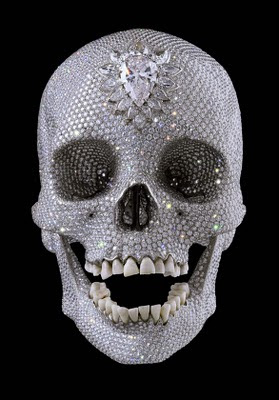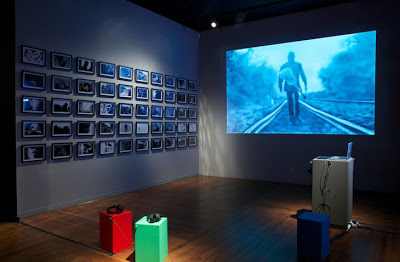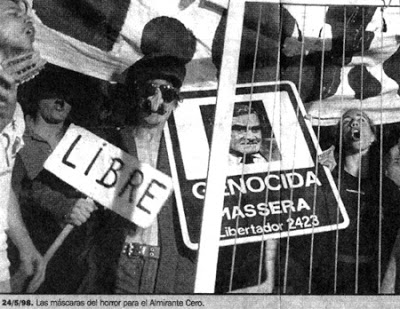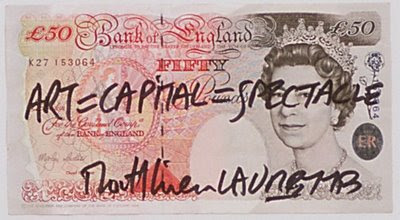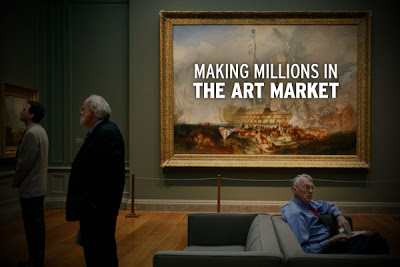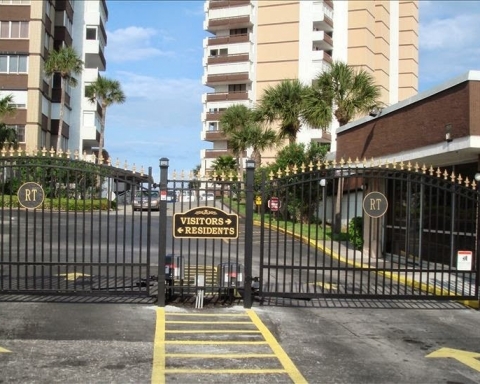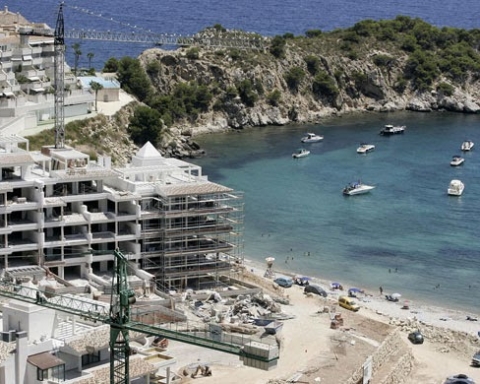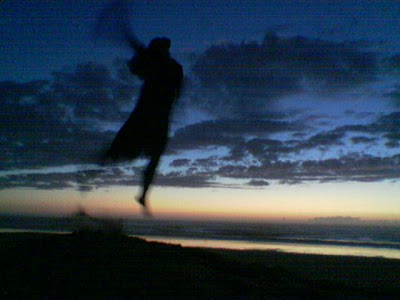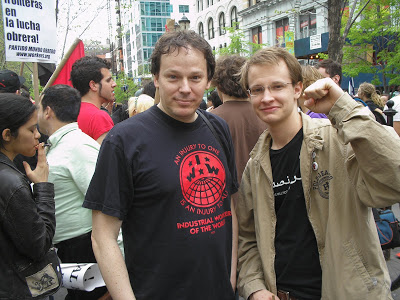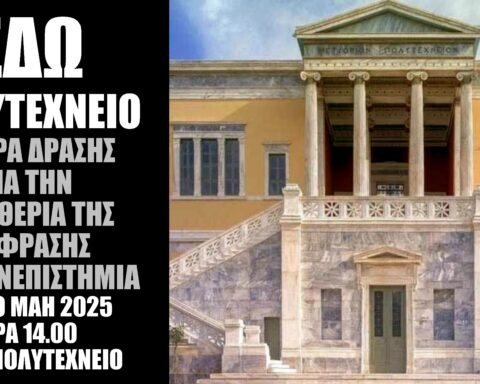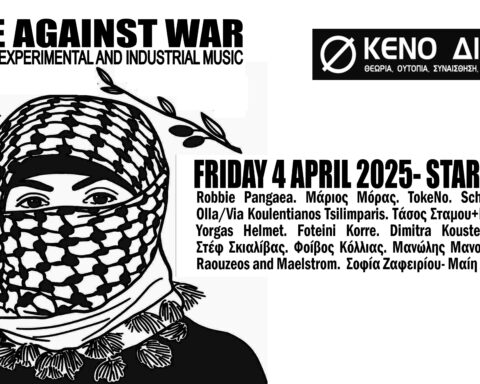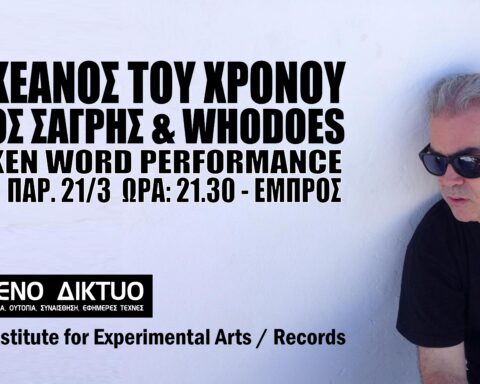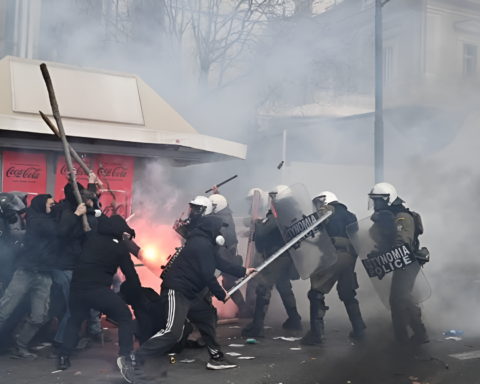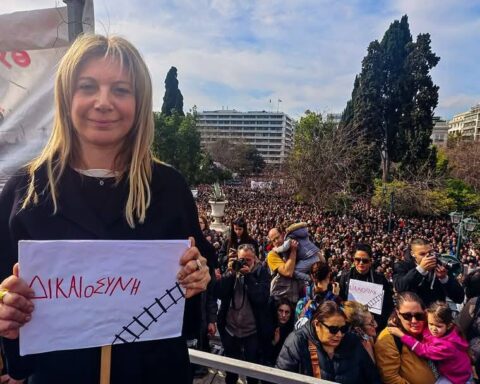Some general remarks. We are evidently stuck in a global social process dominated by the logic of capital accumulation. Art, obviously, isn’t going to deliver us from that. The passage beyond capitalist relations is a matter of struggle, however that’s conceived. Art remains a dominated field of activity, and thinking about its possible contributions to radical social transformation has to begin by situating art within the global social process that dominates it. Very briefly: art is a field that is organized and saturated by capitalist power. There very clearly is a capitalist art system, with its rules, conventions and institutions, relations and tendencies, enjoyments and enforcements, and so on. Seen dialectically, what happens within this system does have its utopian and critical moments. As long as such moments are not utterly excluded, we have to acknowledge art’s relative autonomy and oppositional use-value. Art is not utterly reducible to exchange value and affirmative social functions. But it is also clear enough that the administered art system channels the activity of art as a whole in ways that are affirmative and stabilizing. This has been well-marked and elaborated: art in sum contributes to the reproduction of the given global process. The question is what specific works or practices may be able to do within and against it.
The first two models, Adorno’s dissonant modernism and Brecht’s re-functioning of institutions, operate within the existing art system. In different ways, both accept this dominated nexus of institution and tradition as a valid field for a practice that resists it. The third model, Debord’s Situationist intransigence, refuses to participate in the administered art system and takes up a position outside it.
Today we hear claims that the character of art has been fundamentally altered under post-Fordism or “creative capitalism.” Some still want to collapse art into the culture industry, others to dissolve it into a general technics of subjectivation or a “distribution of the sensible.” I haven’t found any of these approaches convincing. Art may have gained some additional affirmative social functions as the global process has unfolded. But I doubt these essentially change the double character of art under capitalism. There is still a capitalist art system that grants art a relative autonomy. This being so, certain positions and strategies are immanent to art as a social process: they reflect the contradictions and antagonisms of art under capitalism. As the demonstration of these positions and strategies, these three models remain available for artists to appropriate and reinvent – and will remain so as long as the capitalist art system persists.
The first model, Adorno’s dissonant modernism, is focused on the particular artwork and its potentials for critical resistance. For Adorno, every artwork is a force field of antagonisms that formally mirrors the antagonism of the social outside – the social fact of class domination. Once upon a time, art aspired to cheerful harmony. But the immanent drift of capitalist modernity – toward administration, integration and catastrophe, in Adorno’s idiom – obliges art to refuse the false-reconciliations of harmonious unity. The dissonant artwork openly shows its tensions, contradictions and aporías. And it thereby rebukes capital’s claim to deliver reconciliation in the form of commodified freedom and happiness. This rebuke or moment of resistance is in part structural, inscribed categorically in the logic of art’s relative autonomy and specific difference from everyday life. But it is also reflected in all the mediated moments of every artwork’s specific dialectic of form and content, as well as the dialectic between the work and the unfolding social reality that is its other or outside. Modernist art develops, Adorno argues in the Aesthetic Theory, by means of a “negative canon” – a catalog of prohibitions that both grasps the meaning of all previous innovation and indicates what the social process itself has rendered obsolete, what no serious or rigorous artist can any longer do.
Such an art is a “negative presentation” of what happens to the integrated, administered subject in post-Auschwitz capitalism. The fractured dissonance of the artwork models the individual’s loss of autonomy and spontaneity, the crippling of experience and critical capacity, the social castration of radical non-identity – all of which are intimately bound up with the corruption and blockage of revolutionary subjectivity. We can acknowledge the model here, without needing to accept all of Adorno’s arguments about the necessity for indirection and the refusal of political commitment. Even demoted to one available mode among others, Adorno’s determinate negation of the traditional sublime sets out a possible form of production within the capitalist art system – a rigorous way of producing resistant non-identicals that registers the antagonism and misery of a social process turned catastrophic, genocidal and ecocidal.
What are the effects of such an art? In whom are these effects produced, and how? While in general Adorno is opposed to effect-oriented artistic strategies, he in fact falls back on them to make his case for dissonant modernism. His radical, post-Auschwitz sublime is a moment of experience that, triggering and passing through emphatic anxiety, gives bodily support to a radical stance against all forms of false reconciliation. Kafka and above all Beckett are the models most often cited.
As Adorno put it in 1962, in the polemical essay “Commitment”: “Kafka’s prose and Beckett’s plays and his truly monstrous novel, The Unnamable, produce an effect in comparison to which official works of committed art look like child’s play; they arouse the anxiety that existentialism only talks about. In taking apart illusion, they explode art from inside, whereas proclaimed commitment subjugates art from outside, and therefore in a merely illusory way. Their implacability compels the change in behavior that committed works merely demand. Anyone over whom Kafka’s wheels have passed has lost all sense of peace with the world, as well the possibility of being satisfied with the judgment that the world is going badly: the moment of confirmation within the resigned observation of evil’s superior power has been eaten away.”
To be sure, there are limitations to this model – and I return to them at the end. But experiences passably close to what Adorno describes nevertheless remain possible. If an artwork of whatever medium produces effects of disturbance and anxiety through a negative presentation of social reality, then it aligns with this model. For an indication of how this model may be actualized in contemporary art, see Trevor Paglen’s images of the “black world” of Pentagon techno-power and covert operations – especially as Paglen’s work has been discussed recently by Brian Holmes. More controversially, Luke White has made a cogent case for the dissonant power of Damien Hirst’s infamous platinum and diamond skull; we may hate it, but this sparkling mix of threat and seduction faithfully mirrors the antagonisms of late capitalist reality.
Brecht and his collaborators (among them, Piscator, Eisler and Tretiakov) opened up other possibilities by shifting the focus from the artwork to institutions and reception situations. In the famous notes to Mahagonny, Brecht draws out the functions of art institutions and calls for their “functional transformation.” Modern theaters, opera houses, cinemas, publishers and so on are above all profitable vehicles for restorative entertainment and enjoyment. The “fodder principle” will override art’s autonomy and smother its critical moments, unless the artist appropriates the institution or apparatus and makes it perform other functions. For Brecht, such re-functioning begins with the disruption of empathic conventions and spectator expectations. Verfremdung or “estrangement” denotes techniques for breaking the spell of the aesthetic mirage and opening the distance for critical reflection. To the intoxications of Wagnerian immersion, Brecht opposed a radical and anti-culinary “separation of elements.” In his theater, dialogue, songs, gestures, staging and technological interventions all comment critically on the plot and each other. Against the conventions of audience identification and passive spectatorship, Brecht envisioned a new spectator-critic who in discussion calmly assesses production and performance. In the learning plays, Brecht breaks open the closed artwork, chopping the plot into episodes facilitating discussion and debate. In these new reception situations, the fourth wall falls, theater becomes workshop, and spectators become active collaborators. “Actually,” Brecht wrote in a 1946 letter to Eric Bentley, “the audience should be transformed into social experimenters, and the critique of reality should be tapped as a main source of artistic enjoyment.” In the same letter, he goes on to call this theater the “new dialectical realism.”
These innovations and experiments were developed in a specific conjuncture of class struggle: anti-Nazi and largely pre-Stalinist. But they clearly are the basis of much radical theater and film from the 1960s and 70s. And along with the rule-exposing provocations of Marcel Duchamp, they also stimulated practices of institutional critique in the visual arts. Today they are re-energized by groups such as Chto delat and What, How & for Whom. What sets these strategies apart from Adorno’s modernism is that they operate on a different level or moments of the art process. In the Brechtian model, artists look beyond the immanent logic of the artwork and are working on the form and functions of the institutional nexus that conditions reception and the possible effects an artwork can have. This model goes behind the relation between artwork and spectator, where Adorno’s model generates its disruptions. Brecht’s model aims to disrupt the operations of institutions, by turning them into sites of struggle. What they share is that they both seek critical effects within the constraints established by the art system.
A third model was theorized by Guy Debord and the Situationist International, or SI. Undertaking a radical critique of postwar commodity capitalism and the art system flourishing around a restored modernism, the SI soon transformed itself from a merger of art groups into an autonomist network of cultural insurrectionists. The Situationist project was constituted through a renunciation of the two necessary conditions of modernist art: the work-form and that dependent autonomy tied to institutional reception and approval. They did not attempt, as many of their contemporaries did, to bring disruptive fragments of real life back into the galleries and institutions, and thereby to expand the concept of art. Instead, the SI reversed the direction, renouncing the art system and re-siting their art-informed practices in real life. Strictly speaking, the results no longer fit the category of (modernist, capitalist) “art.” But the struggle-oriented use-values produced by this model can be called radical culture.
In their journal, their well-known critiques of spectacle, and their innovative practices, they sought to align their inventive powers with “the actual movement that abolishes the present state of things.” Their practical innovations included the dérive, an active and mobile recovery of the remnants and traces of past struggles and freedoms scattered across the urban environment. And the détournement, a politicized expropriation of existing cultural artifacts, a kind of Brechtian re-functioning but conducted beyond the gaze of the institutions. SI practice culminated in the construction of “situations”, tactical ruptures in everyday normality that expose and repose the radical questions of social desire and the organization of life possibilities. Two successfully realized situations were the Strasbourg Scandal of 1966 and the less well-known Place Clichy action of March 1969.
While clearly shaped by the conjuncture of cold war imperialist rivalry and the anti-colonial struggles of the 1950s and 60s, SI theory and practice effectively renewed a tendency or vector that pulsed within the artistic avant-gardes since at least Berlin Dada. This was a kind of permanent strike – a cessation of approved production and the cutting of ties to the art system. Again, this is one possible response to the contradictions and predicaments within the capitalist concept of art itself – the antagonism, that is, between emancipatory impulses and affirmative social functions. These poles can’t be reconciled within capitalism; no surprise, then, that some artist groups continue to follow this trajectory out of the institutions and toward whatever social movements and struggles may be found. This model was impressively actualized by politicized groups of artists in Argentina, during the struggles that culminated in the uprisings of late 2001. Addressing tendencies toward official amnesia and false-reconciliation during the so-called restoration of democracy, groups such as Grupo de Arte Callejero (GAC or Street Art Group) worked with social movements to invent new protest forms, such as the escrache or exposure of perpetrators from the dictatorship.
Rather than promote one model against the others, it’s more helpful to acknowledge that all three are valid forms of radical culture. Carrying out a dialectical critique of each throws more light on their relative strengths and limits. Adorno’s dissonant modernism aims at the experience between artwork and subject. Adorno is well aware that this experience is mediated and conditioned by social reality in countless ways, but the institutional nexus is a major blind-spot of his aesthetics. Works like Beckett’s Endgame may well trigger emphatic anxiety in some subjects. But if this experience is to contribute to radical, critical consciousness, let alone revolutionary subjectivity, then all kinds of reception conditions would have to be met. It doesn’t happen automatically, and Adorno evades this problem in his advocacy. The fate of the subject under pressures of integration and administration underscores the limitation of dissonant modernism. By Adorno’s own account, the subjects and reception conditions needed for this kind of experience tend to be blocked rather than reproduced by the global social process – and in any case these subjects when they do emerge may not see a stake in radical transformation. Prudent accommodationism seems just as likely, as a political response. Still, if such subjects are an endangered species, they are not yet extinct. Insofar as there are subjects of sublime experiences, the political problem concerns their radicalization. So long as this is possible, this model should not be abandoned.
The other two models are more obviously interventionist. There is much scope for Brechtian work on the institutional nexus, and this scope increases whenever there is a crisis of hegemony or upsurge in social struggle. The institutions of the art system are neither identical nor monolithic; they are themselves local force fields within which spaces for radical practice open and close continuously. Overall, contestation within the art system is conditioned by the contestation of the global order outside it. The power of the whole system of functions constrains re-functioning in art. To the degree that capitalist power is challenged and resisted in real life, that power over the art process is also resistible – but probably not more than that. Again, the problem is not with art but in the organization, aim and strategy of social struggles more generally.
The third model engages with this problematic most directly. The trajectory from the art system to social movements and struggles need not adopt the Situationist strategy in every detail or aspect. The intransigence of that strategy is both its strength and its weakness. It avoids the usual castrations of administered art. But its absolutist insistence on direct, unmediated autonomy and self-representation is ultimately a poor strategy against organized capitalist war machines. The qualitative, participatory small-group form modeled by the SI is fitting for cells of cultural guerrillas, but it is at least very questionable whether this organizational form is the master key opening a passage out of capitalism. Without more massive and durable forms of struggle to support and sustain it, the exodus of small groups can be futile self-sacrifice. So the possibilities of this model, too, are set not by the art system but by the global process that dominates it. That said, there should be much to accomplish by going to the movements and struggles, provided there are movements and struggles to go to. Presumably in antagonistic society, there always are, but if they are weak and decomposed, as they unhappily are at this time, then the contributions of this mode will be proportionally modest.
All three models, then, offer viable strategies for producing radical art and culture. Because they act on the social process at different points or moments, they aim differently and do different things. But all have some radical use-value and none should be rejected. At this time, everything that contributes or can contribute to radical critique, debate and practice is badly needed.
